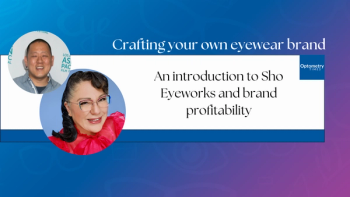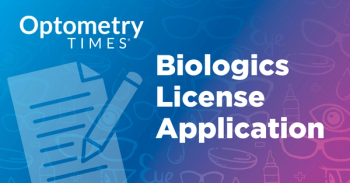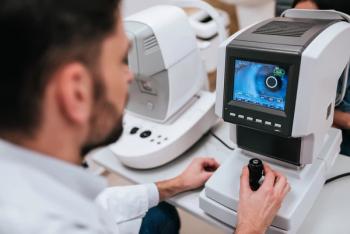
Recent study evaluates medications associated with AAC glaucoma risk
A recent report shows that 61 drugs were associated with the development of acute angle-closure (AAC) glaucoma.
A recent report, led by investigators Kyeong Ik Na, MD, and Sung Pyo Park, MD, PhD, from the Department of Ophthalmology, Kangdong Sacred Heart Hospital, Hallym University College of Medicine, Seoul, Korea, shows that 61 drugs were associated with the development of acute angle-closure (AAC) glaucoma.1
Because AAC glaucoma is a sight-threatening disease, the investigators conducted a case-crossover study to identify the specific drugs and evaluate their risk of development of AAC.
The authors used Korea’s Health Insurance Review and Assessment Service database to analyze the prescription records of 13 ,531 patients with AAC between 2013 and 2019. All prescribed drugs and the dates they were prescribed were extracted from the database.
The investigators considered that the 1 to 30 days before the onset of AAC glaucoma was the hazard period, and 91 to 180 days before the onset served as the control period.
Database analysis for AAC glaucoma
Na and Park identified 949 drugs that had been prescribed to the study patients (mean age, 66.8 years; 70.8% women) with AAC during the 1 to 180 days before AAC onset. Analysis of those drugs identified 61 drugs associated with AAC.
Sumatriptan (odds ratio [OR], 12.60; 95% confidence interval [CI], 4.13-38.44) was associated with the highest odds of AAC development followed by topiramate (OR, 5.10; 95% CI, 2.22-11.70) and duloxetine (OR, 4.04; 95% CI, 2.95-5.54)., the authors reported.
The median period from the time of drug prescription to AAC onset for the 61 drugs was 11.9 days (range, 10.9-12.8). The study also identified 2 drugs, lactulose (OR, 2.81; 95% CI, 1.72-4.61) and metoclopramide (OR, 2.52; 95% CI, 1.95-3.25), that had not previously been thought to be associated with AAC.
The investigators commented, “These findings suggest a need to consider these associations in patients taking any of the 61 drugs found to be associated with the risk of development of AAC.”
Reference
1. Na KI, Park SP. Association of drugs with acute angle closure. JAMA Ophthalmol. Published online September 22, 2022. doi:10.1001/jamaophthalmol.2022.3723
Newsletter
Want more insights like this? Subscribe to Optometry Times and get clinical pearls and practice tips delivered straight to your inbox.













































